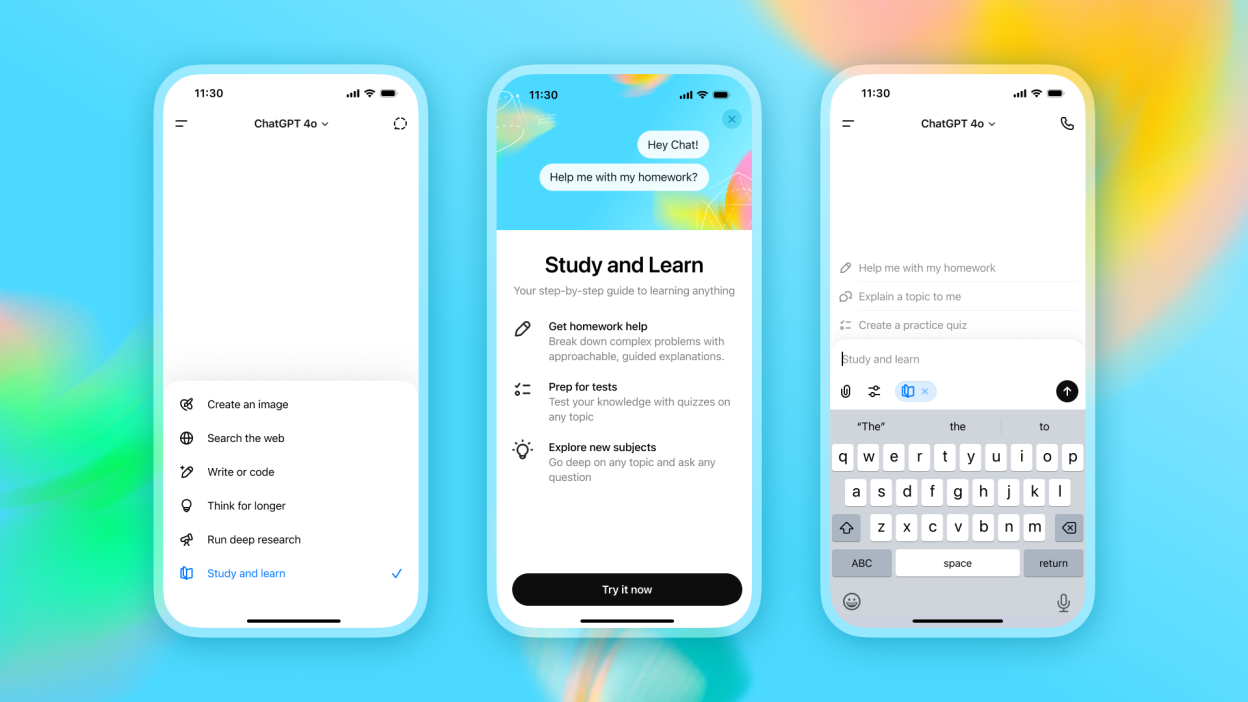When a customer pays for a ‘monthly recharge’, it typically means for 30 days of a month, or 12 months in a year. But if you’re using Jio’s popular prepaid plans, you might be paying more often than you think, or maybe for 13 months. That’s because many of these plans come with a 28-day validity, not a full calendar month.
However, over the course of a year, this shorter cycle results in 13 recharges instead of 12, quietly increasing your total spend without you even realizing it.
How 12 Months Become 13 Bills: Here’s the Calculation
Here’s a quick math of how you are paying for one extra month:
- Calendar Year: 12 months
- Jio’s 4-week Recharge Cycle: 28 days × 12 = 336 days, but by multiplying by 13, it equals 364 days
- 364-336 = 28 Days, meaning one extra recharge cycle.
That means, instead of recharging 12 times a year, Jio users end up recharging 13 times annually.
Let’s understand with an example:
- Your Recharge Plan: ₹239 for 28 days
- Your Yearly Recharge Cycle: 13 Months
- Total Annual Cost: ₹239 × 13 = ₹3,107
- If it were a 30-day plan: ₹239 × 12 = ₹2,868
- 3107-2868 = 239
That’s an extra ₹239 per user, every year. When you consider Jio’s massive user base, this small difference adds up to hundreds of crores in additional revenue, without actually increasing plan prices.
Strategic Advantages Behind the ’28-day Recharge’ Model
- Increased Average Revenue Per User (ARPU)
One extra recharge in a year means each customer ends up paying more, which directly increases how much Jio earns from every user, ultimately increasing the average revenue per user and having many-fold benefits for the company.
- Encourages Plan Upgrades
A 28-day recharge cycle feels like a pinch and usually irks the customers and leads to recharge fatigue, and pushing users to jump to longer validity plans (e.g., 56 or 84 days), offering more upfront revenue for Jio.
- Aligns with Industry Norms
Jio isn’t alone in this. Airtel and Vi also follow the 28-day model for many plans, allowing Jio to present this as an industry standard rather than a one-sided move.
- Predictable Income for Smooth Operations
More frequent recharges mean more consistent revenue inflows, helping Jio manage financial planning, operational costs, and network expansion more efficiently.
- Minimizes Price Hike Backlash
Using this strategy, the company puts an end to the price rise backlash. Rather than directly increasing the price of plans, reducing the number of days lets Jio earn more over the year without making it obvious to users.
The ‘Monthly Recharge’ Debate: Consumers’ POV
As the major players in the telecom sector, including Jio, Airtel, and Vodafone, are calling their 28-day recharge plans ‘Monthly Recharge’, it has raised a debate in the consumer landscape. Many users have shared their objections, calling it ‘misleading’ on various social media platforms.
Here is a glimpse of those reactions:
- “Why do I have to recharge 13 times in a year? That’s not monthly.”
- “Jio should call it 28-day packs, not monthly plans.”
- “I switched to postpaid just to avoid the constant recharges.”
Who is Impacted
While some customers embrace the model, others are frustrated by the continuous recharge cycle that comes every 28 days. The major chunk of consumers that are impacted are:
- The Budget-conscious Users: These include the ones who plan their expenses monthly and find it hard to manage an extra recharge
- Students and Daily Wagers: With fixed or limited incomes, for whom even an additional ₹200–₹300 per year can be significant
- Senior Citizens: These people are not tech-savvy and often rely on the assumption that a “monthly plan” actually lasts a full month, and couldn’t understand the math behind this
- Rural and Semi-urban Users: These consumers may not have easy access to digital payments or nearby recharge outlets, making frequent recharges inconvenient
The Crux of Concern: Some of these users are not very much concerned about the cost of the plan itself, but rather why these companies lack transparency instead.
They believe if the plan lasts 28 days, it should be clearly labeled as such, rather than being marketed as a “monthly recharge.”
Post TRAI Intervention
In 2022, Telecom Regulatory Authority of India (TRAI) intervened in the matter and asked these telecom sector giants to have at least one plan with a 30-day validity and another with calendar-month validity.
As a result, Jio introduced:
- ₹259 plan with 30-day validity
- ₹299 plan with 1 calendar month validity
However, these plans come at a slightly higher price compared to the usual 28-day packs, meaning users end up paying a bit more in exchange for the convenience of recharging less often.
Jio’s 4-week recharge model might be common in the industry, but it’s also a clever pricing strategy to increase earnings without actually raising the listed price of its plans. Calling 28-day plans “monthly” creates confusion and can feel misleading to customers, which over time can damage the trust users have in the brand.
Read More: Urban vs Rural FMCG Trends: Diverging Paths for Indian Consumers
























